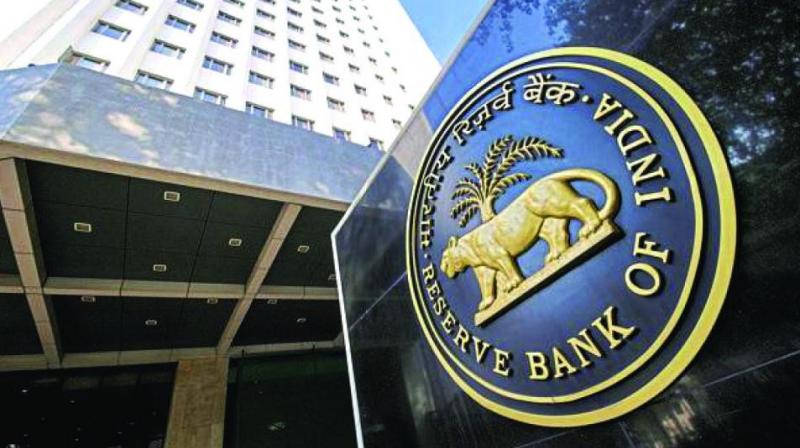RBI may cut rates by another 25 bps in 2019: Fitch Ratings

Mumbai: The Reserve Bank of India (RBI) is likely to cut interest rates by another 25 basis points in 2019, following three cuts of a similar quantum so far, due to weak growth momentum and inflation remaining within targeted limits, Fitch Ratings said on Monday.
The RBI cut the repo rate to 5.75 per cent on June 6, its third cut in 2019, while also changing its policy stance to “accommodative,” after data showed the economy growing at its slowest in over four years.
“We expect another 25 bps cut later in 2019, which will push the policy repo rate down to 5.50 per cent,” Fitch wrote in its Global Economic Outlook report.
“Monetary and regulatory easing from the RBI, along with a recovery in portfolio inflows, should support a recovery in credit to the private sector and reverse the drag from the negative credit impulse”.
Lower lending by non-banking financial companies has weighed on growth in infrastructure and consumption, even though banks have partially compensated by ramping up their lending to the private sector, the ratings agency said.
“The overall credit impulse – that is the change in new borrowing provided by the financial sector (banks and non-banks) - has turned significantly negative in fiscal year 2018-19.”
Rural households income and consumption is expected to be supported by the pick-up in food inflation and increased cash transfers by the government to farmers, Fitch said in the note.
Inflation has sharply come down from a peak of more than 12 per cent in 2013, and has now come in below the RBI’s medium-term target of 4 per cent for 10 consecutive months. Annual retail inflation stood at 3.05 per cent in May.
The slowdown over the past year has been driven by steadily cooling activity in the manufacturing sector and, to a lesser extent, agriculture, the note added.
“Weaker momentum has been mainly domestically driven, though export growth has also faltered more recently”.

